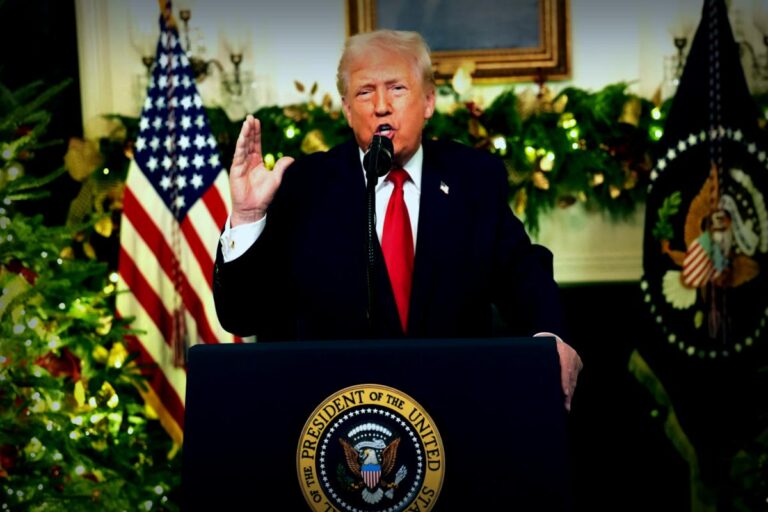After taking office, President Donald Trump wasted no time declaring a state of emergency at the southern border, mobilizing thousands of troops to deter unauthorized migrants from entering the U.S. Fast forward six months, and while these military personnel continue to enforce policies, they’ve reported minimal activity in a previously high-traffic area for migrants.
Just this Tuesday, an Army infantry unit stationed in Nogales, Ariz. detected just two individuals attempting to cross the border during their routine patrol.
“Deterrence can get pretty boring,” shared Army Sgt. Ana Harker-Molina, 24, with The Associated Press. Her comments reflect the feelings of many soldiers disturbed by the lack of action.
However, she takes pride in her role, believing that even the simple act of standing guard prevents unauthorized crossings. “Just by being here and monitoring the border, we’re contributing to the safety of our country,” said Harker-Molina, who immigrated from Panama at 12 and earned her U.S. citizenship while serving in the Army.
Since January, troop deployments have increased to 7,600—with members from all military branches—despite a significant drop in illegal crossings. Additionally, Trump has approved funding for 3,000 extra Border Patrol agents, offering substantial signing bonuses to attract new hires.
But their presence goes beyond just boots on the ground. A new command center is set up in Arizona’s Huachuca Mountains, repurposing a community hall into a war room for battalion leaders, equipped with digital maps to track military movements along the long border.
This increased military footing transforms various regions into heavily fortified zones, allowing U.S. troops newfound authority to detain immigrants and others found trespassing on military properties, introducing criminal penalties that could lead to jail time, as reported by the Associated Press.
The Trump administration has systematically employed military resources across the U.S. as a means to boost its immigration enforcement approach. This strategy includes interventions during protests against Immigration and Customs Enforcement (ICE) in Los Angeles, practical support for ICE actions in Florida, and the housing of immigrants on military bases situated in New Jersey, Indiana, and Texas.
According to Dan Maurer, a law professor and former U.S. Army judge, this approach is intended as a forceful promise to his supporters that he is devoted to fulfilling immigration pledges made during his campaign. “It’s a bold, unconventional strategy that can put the military in a tricky position,” he remarked.
The local responses to this military influx have varied sharply in bordering communities. Residents of New Mexico expressed mixed feelings as the Defense Department expands militarization. James Johnson, a fourth-generation farmer managing staff harvesting onions for $22 a crate remarked, “We’ve always backed border security.” But he noted that past military models focused on surveillance unlike the current assertive strategies aimed at ensuring enforcement.
Yet some locals like Ray Trejo, who works with the New Mexico Wildlife Federation, voiced concern about losing access to beloved outdoor areas, stating, “I don’t want to find myself hunted and confronted by military personnel while carrying my rifle.”


















